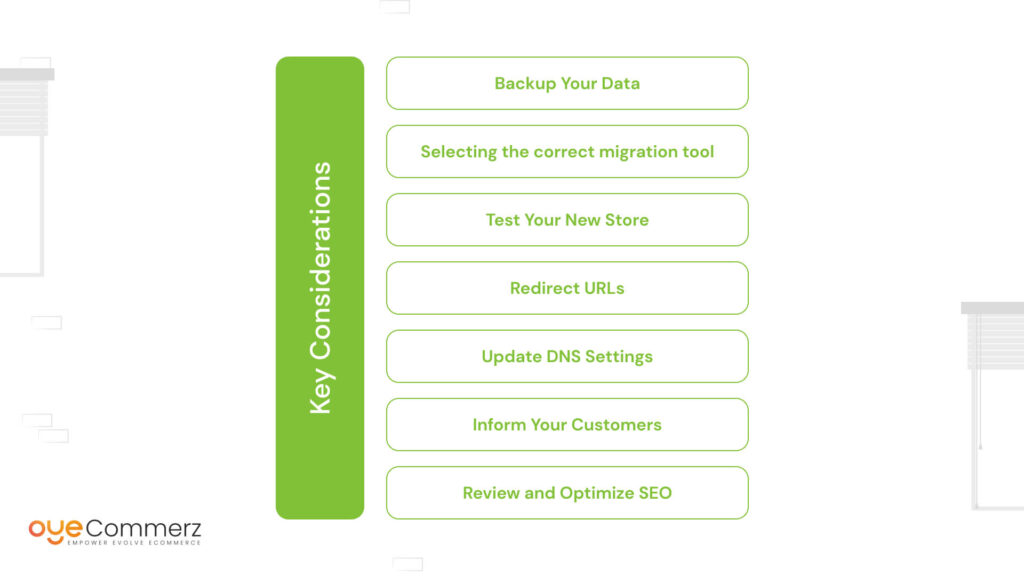In the constantly changing landscape of online retail, picking the right solution is crucial for your business's success. If you’re at the moment using WP and thinking about a migration to an alternative, you’re not by yourself. Many businesses are switching to take advantage of Shopify’s powerful tools, user-friendliness, and growth potential. This guide will take you through the process of migrating from WordPress to this platform seamlessly, ensuring that you realize your eCommerce potential.
Why Switch from WordPress to Shopify?
Before starting the migration procedure, it’s crucial to understand why this change can be helpful for your digital storefront:
Accessible Tools: Shopify offers an intuitive dashboard that simplifies store operations, making it easier for non-technical users.
Scalability: As your business grows, Shopify can support greater traffic and transactions without sacrificing efficiency.
Integrated Features: Shopify includes built-in tools for SEO, analytics, payment processing, and additional functionalities, reducing the requirement for multiple plugins.
Enhanced Security: With Shopify, you utilize strong security measures that safeguard confidential customer information.
Steps for a Effortless Migration
Migrating your digital shop from WordPress to Shopify includes several phases.
Here’s how to ensure a smooth transition:
Prepare Your Migration Plan
Kick-off by drafting your migration plan. Decide on which components of your existing site you plan to move, such as:
Inventory information
Client data
Order history
Articles
Pick the Right Migration Package
Based on your needs, choose a migration plan that fits your eCommerce goals. Migration experts provides several plans:
Entry-Level Plan: Perfect for compact stores with fewer products.
Mid-Tier Plan: Appropriate for mid-range businesses with intermediate demands.
Comprehensive Solution: Excellent for big stores needing broad customization.
Save Your Data
Ahead of initiating the migration, make sure that you have a complete archive of your WordPress site. This task is critical in the event anything goes wrong during the move.
Export Your Content from WP
Use tools or manual methods to transfer essential content from your WordPress site:
Items
Customers
Transactions
Content pieces
Import Data into Shopify
Once you have your information retrieved, utilize Shopify’s import tools or external apps to transfer your data into your updated store. Ensure that all data is accurately organized and aligned.
Adapt Your Shopify Store
Following migrating information, tailor your Shopify store’s design to reflect with your brand identity. Consider working with a specialist if you need advanced customization.
Establish TransactionOptions and Delivery Settings
Configure billing solutions and logistics options in Shopify to facilitate a user-friendly checkout experience for customers.
Apply Search Engine Optimization Standards
To keep your online visibility during the migration:
Use 301 URL mappings from existing URLs to migrated ones.
Update metadata.
Adjust media and text for search engines.
Test Your Updated Shop
Before launching, extensively check your Shopify post-migration services Shopify site. Identify any errors, payment processing issues, or incomplete files.
Publish Your Platform
After everything is in order, it’s the opportunity to go live! Share the transition to your clients and encourage them to discover the new capabilities of your Shopify store.
Post-Migration Guidance
Even after publishing your Shopify store, Shopify migration process continued assistance is essential. Explore engaging professionals who can assist with:
Site maintenance
Promotional campaigns
Enhancing features
Conclusion
Migrating from WP to Shopify can be a crucial move for your digital business. By using this guide and utilizing tools like those offered by industry leaders, you can ensure a smooth transition that improves your online presence. Adapt to the shift and realize the potential of Shopify today!
